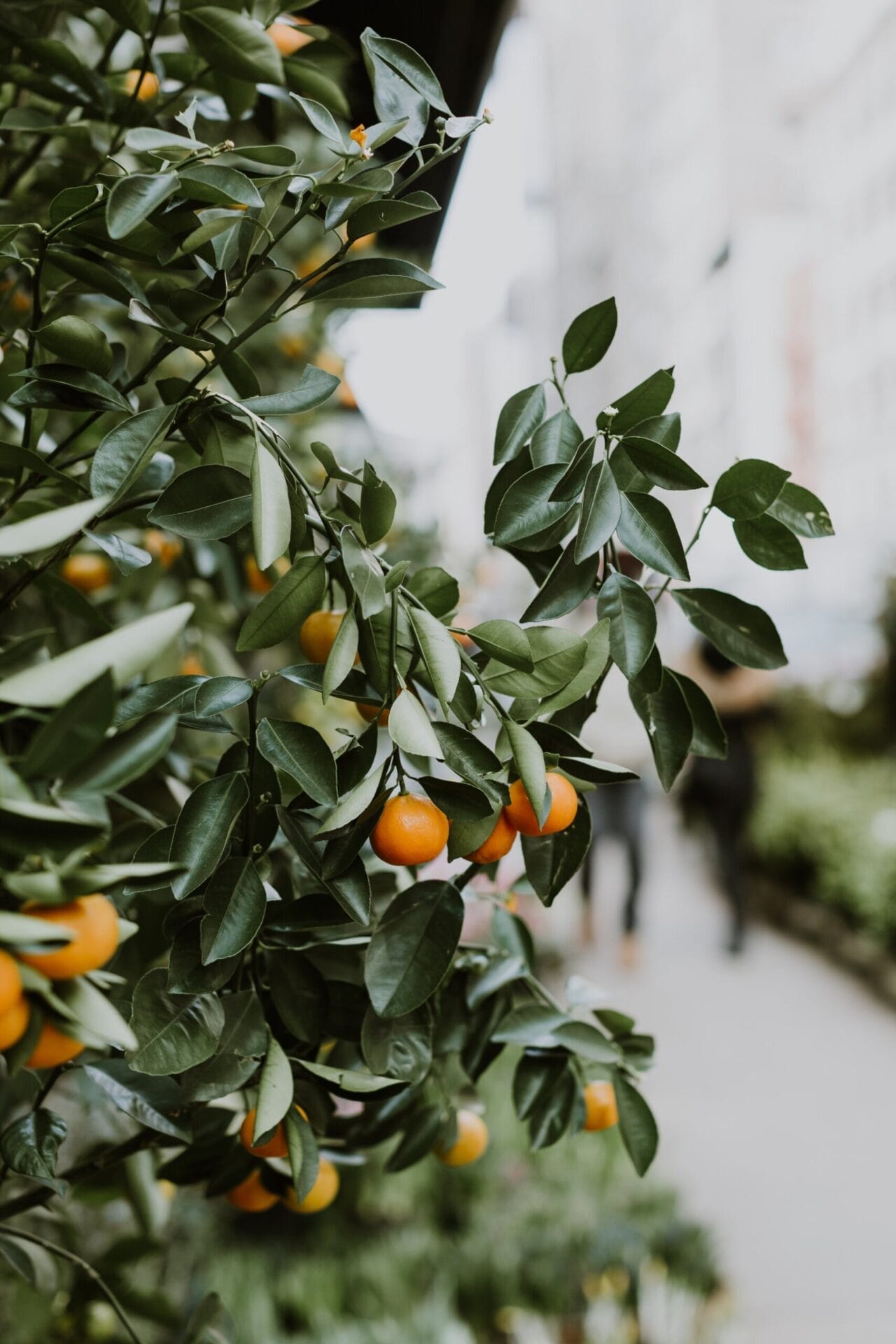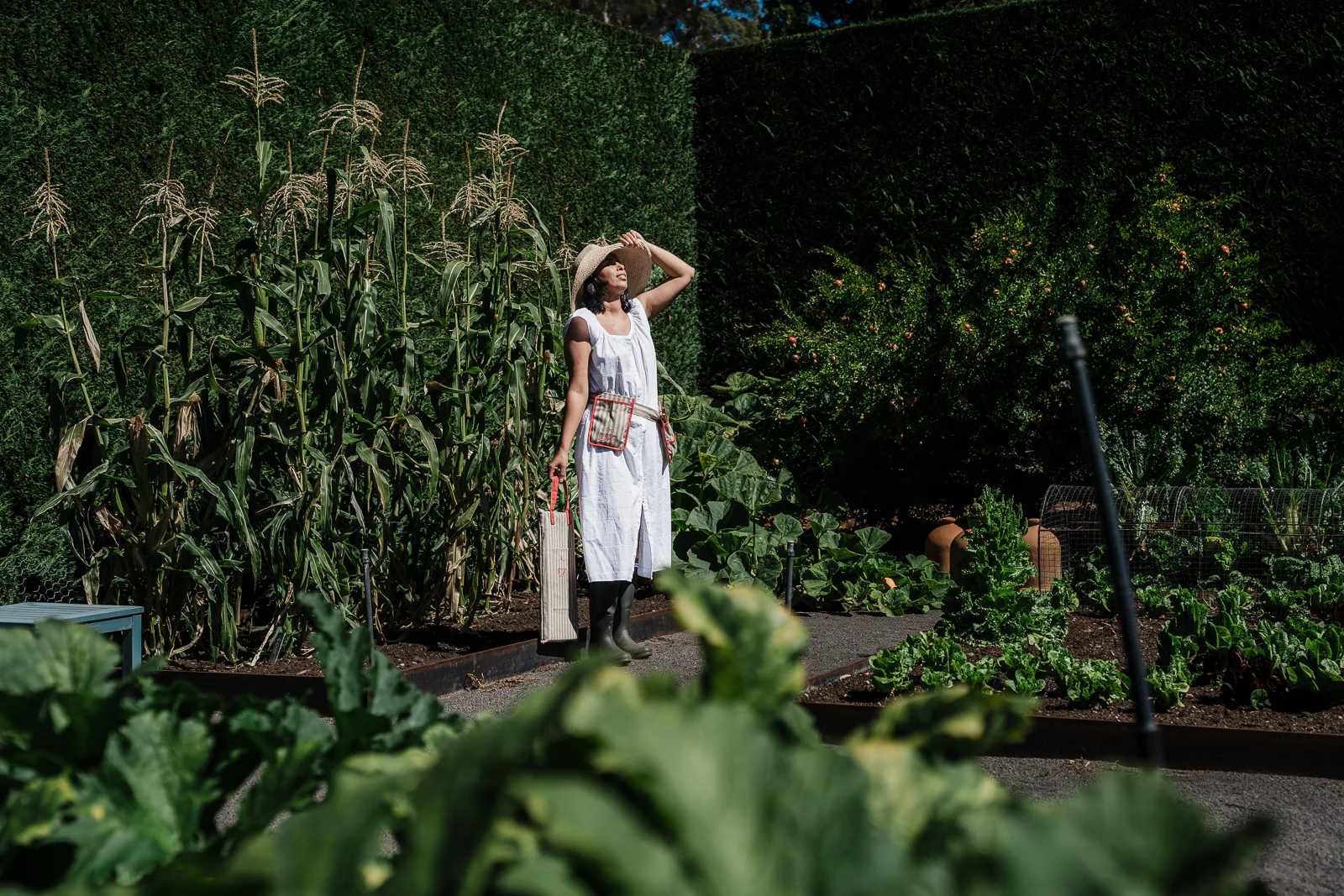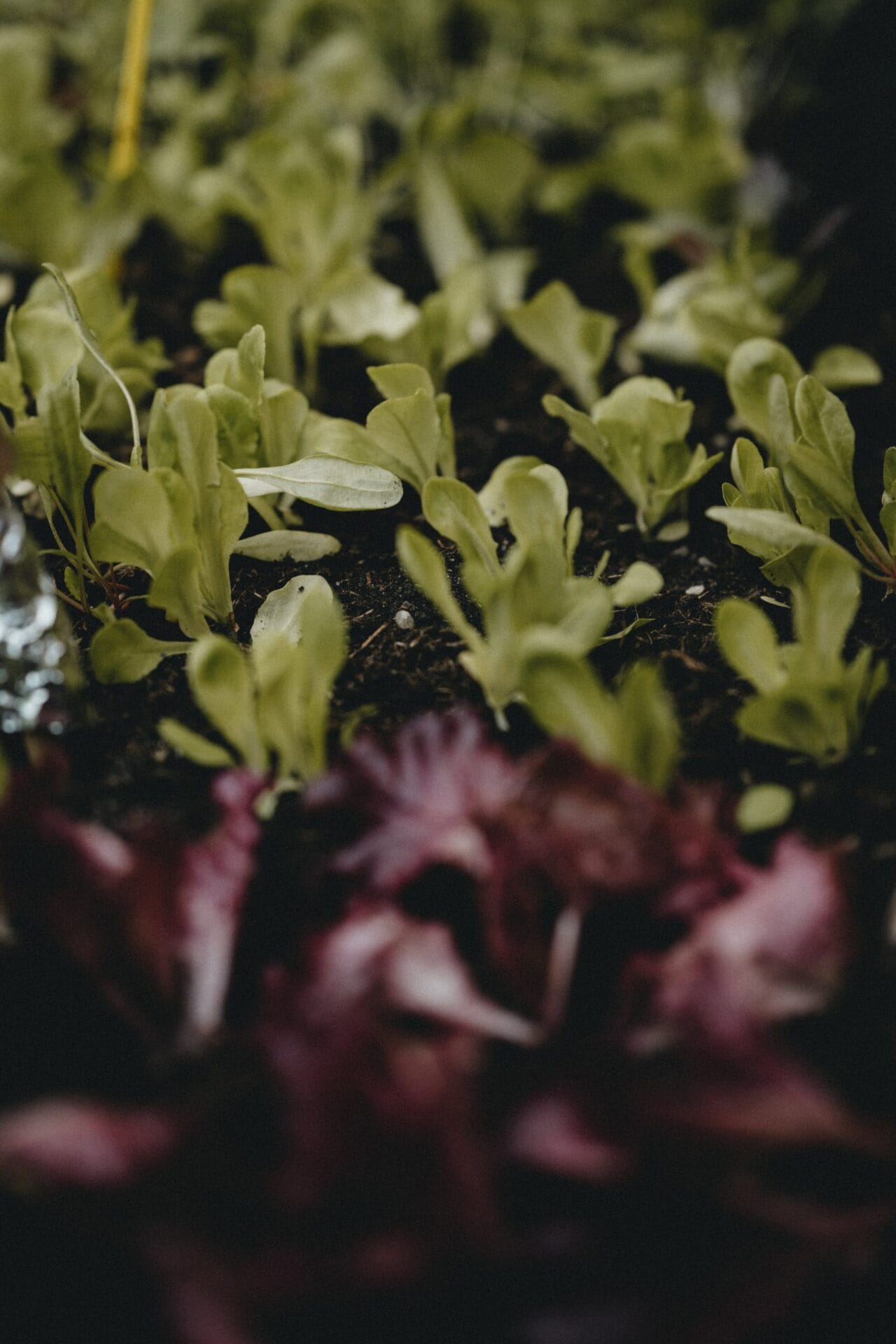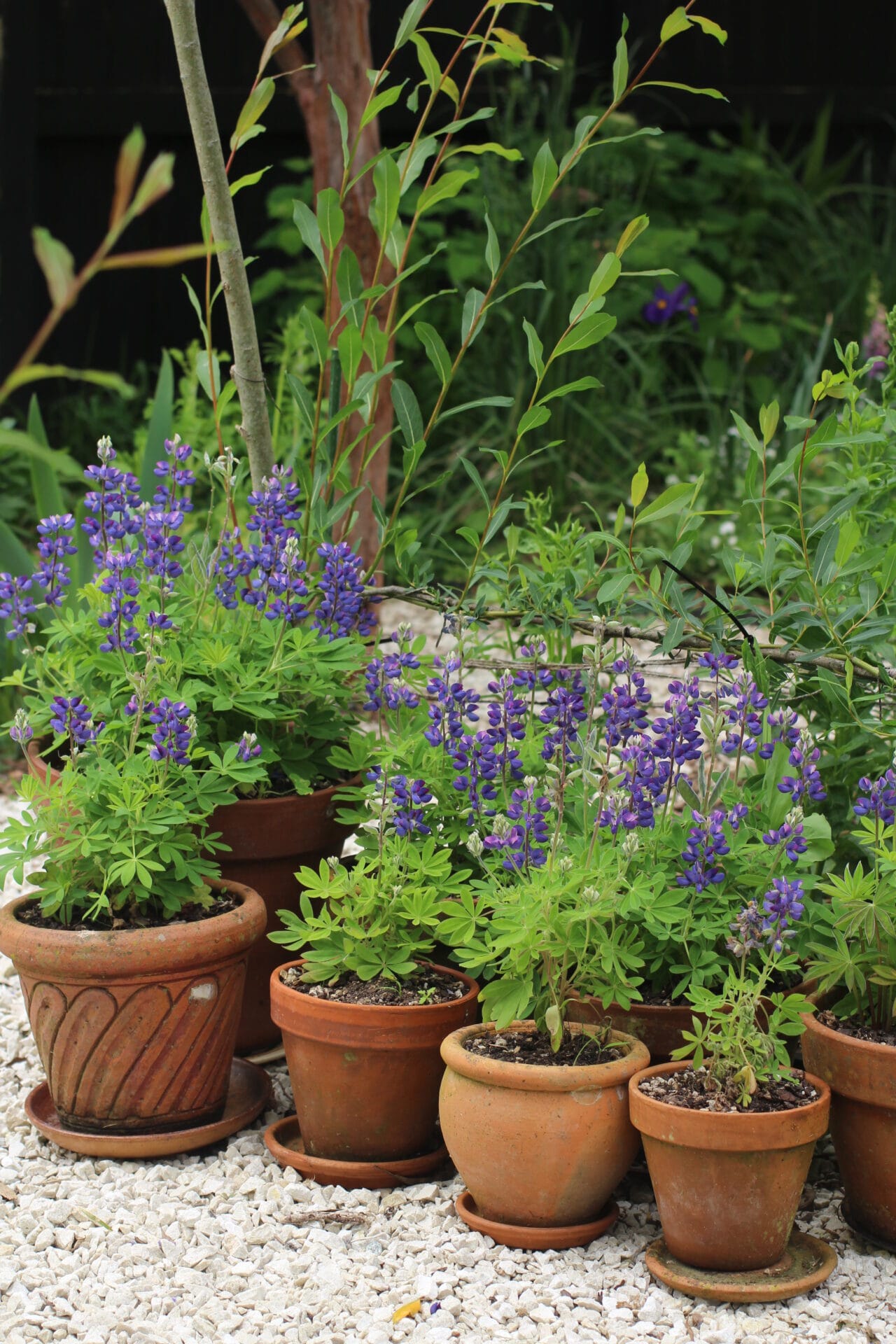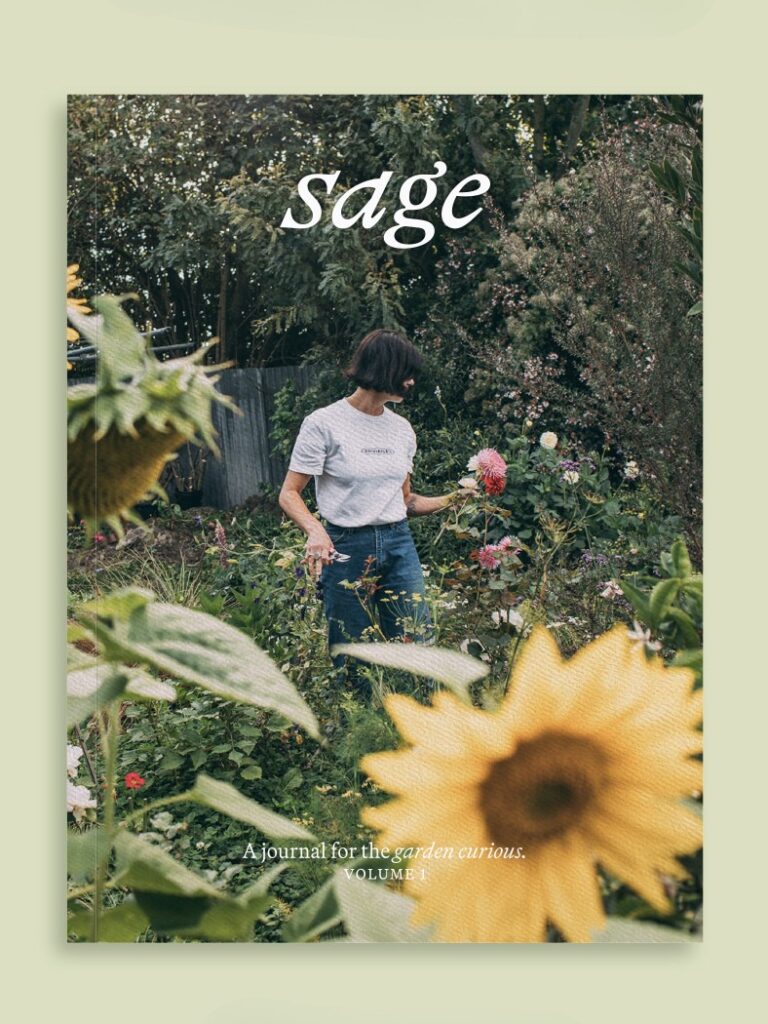Though we’re spending more time cosying up inside there’s still a bit to do in a winter garden, and lots of planning for the seasons ahead.
The 2025 Winter Gardening Series is supported by Gubba Garden Store.
The gardening to do list is always a little lighter as we move into winter, and while you might consider having a little break, the soil absolutely isn’t. The life beneath your feet is as alive and as busy as ever.
Now is the time for codling your soil – mulching garden beds and composting, if you didn’t in the autumn. Come late spring and the flurry of planting that entices you to add just one (or two!) more of everything, you’ll be ever so grateful for some forward thinking to make compost now.
Forward thinking is one thing, but the abundance of the compost heap excites us on a whole different level. Dealing with decaying matter may not at first glance seem alluring… but a little consideration and it can take on a new lustre.
Aside from its incomparable ability to make a garden flourish, tending your scraps on a brisk winter’s day is terribly invigorating and infinitely more rewarding than hearing them be picked up and trucked to landfill to become anaerobic rot and methane. In contrast, a dash out to the compost heap and a dose of climate relief in exchange for your kitchen scraps: we’ll take it! Furthermore, the ability to conjure black gold into being feels nothing short of miraculous. And so it is with gardening in general.
On the harvesting front, winter harvests are both delicious and nourishing. Citrus is abundant, rhubarb is plentiful for stewing and baking with, as well as tamarillos. And avocados come back into season too!
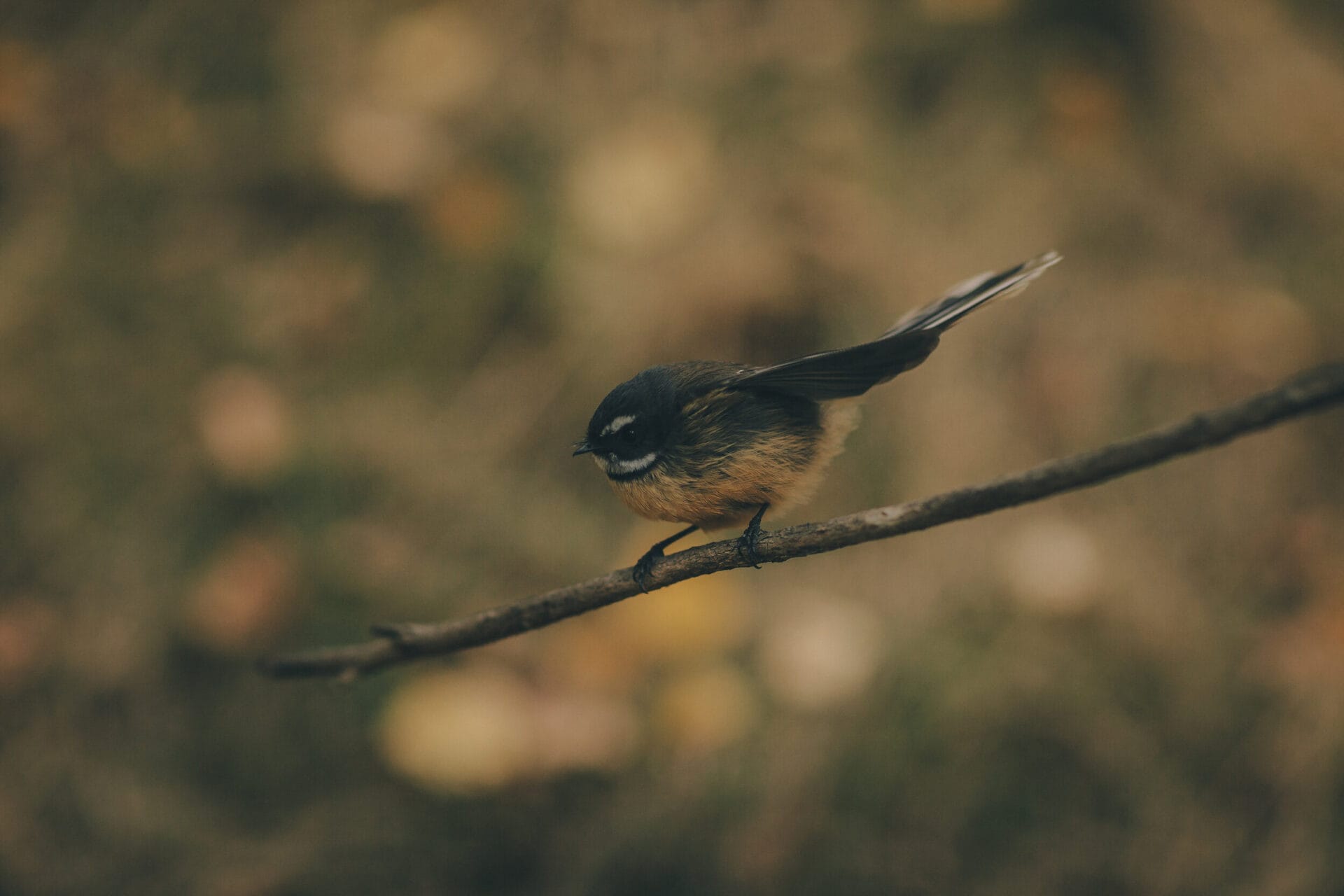
General Gardening
Prune
Winter is the best time to prune your roses, deciduous plants and fruit trees (except stone fruit trees), hydrangeas, grapes and raspberries.
Pruning helps plants to stay healthy, in shape and makes trees and shrubs grow more vigorously.
Mulch
There’s still time to mulch if you haven’t already done during autumn. Whether you’ve got things growing in it or not, always keep your soil covered.
Think of your soil as a living, breathing creature (which it is – billions of them). To leave it uncovered is to expose it to the harshness of the elements – wet and sodden in winter, dry and thirsty in summer.
Mulching is the best way to keep weeds down and it adds a warm blanket for the plant’s roots through winter.
Green manures which are quick turn-around crops dug back in to feed the soil are a great option for dormant beds over winter. Failing that, and if you don’t have a ready supply of compost to mulch with, fallen leaves will do just as well.
To mulch with organic materials, weed the area first, then put bottom layers of soil nourishing things like seaweed, compost and manure, and top with autumn leaves, pea hay or wood chips. For clay soils and drainage issues add some gypsum to your soil.
Order seeds
Winter is when to make sense of what seeds you have left over and to make a list of what you might need to order. While it is tempting to order seed by going on a lovely website and ordering one of everything that takes your fancy… it can be wasteful and unhelpful.
Make a list and stick to it, and then add just a couple of things on impulse. Because… seeds are hope and hope is too good not to enjoy!
Tend to your tools
Take the time to sharpen, clean and oil tools such as spades, secateurs and hedge cutters, to keep them working hard for you when you need them.
Related reading: A step-by-step guide to cleaning and caring for your secateurs & garden snips
Feed the birds
Natural food sources become more scarce for the birds during winter, so now’s a good time to make or buy a bird feeder. It might be a fun thing to do with the kids, and is a satisfying feeling to watch wild birds flutter in and out to feed outside your window.
Plan
Winter’s a good time of year to look through books, magazines and Pinterest for inspiration for your next garden project, so you’ll be ready to get started and planting in spring.
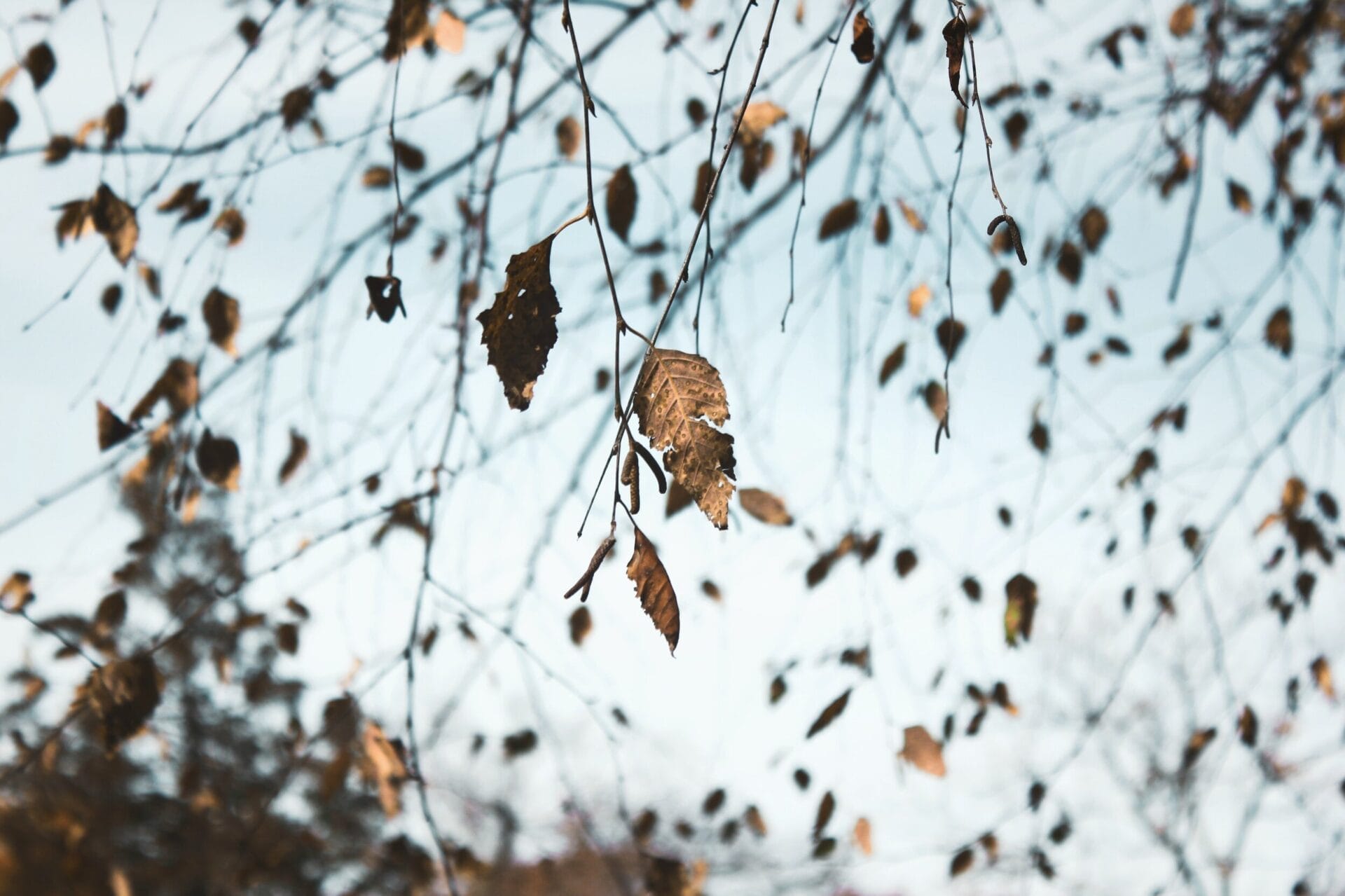
The Edible Garden
Harvest
Through winter, we’ll be treated to all kinds of citrus — mandarins, oranges, lemons, limes and grapefruit. Rhubarb is perfect for your porridge or baking. And don’t forget about avocados and tamarillos.
In the veggie garden you may be harvesting beetroot, carrots, leeks, lettuce, kale, spinach, spring onions, broccoli, cauliflower, cabbage and other brassicas.
Cover
Get your frost cloths and shelters out to cover frost tender seedlings and trees for the colder nights and mornings. Cover things like young avocado and citrus trees, as well as your precious vegetable seedlings.
— In the Vegetable Garden
Winter sowing & planting
If your patch gets at least 4-6 hours of sun: Sweet peas, strawberries, peas, broccoli, cabbage, cauliflower, rainbow chard, spinach, pak choi, potatoes, garlic, asparagus (3 years till harvest – think fruit tree).
Garlic
Traditionally the shortest day of the year is when gardeners in New Zealand plant their garlic (and harvest it on the longest day). Though it can really be planted anywhere from May to the end of July.
Strawberries
Plant strawberries in a warm, sunny and well-drained position. Some research suggests that planting strawberries in winter temperatures will result in more delicious berries in summer.
Winter is also a good time to lift excess strawberry plants from a friend’s garden and transplant into your own.
Spot slugs & snails
Keep an eye out for creepy crawlies, and remove or squish slugs and snails — or they’ll get into your veggie seedlings before you do!
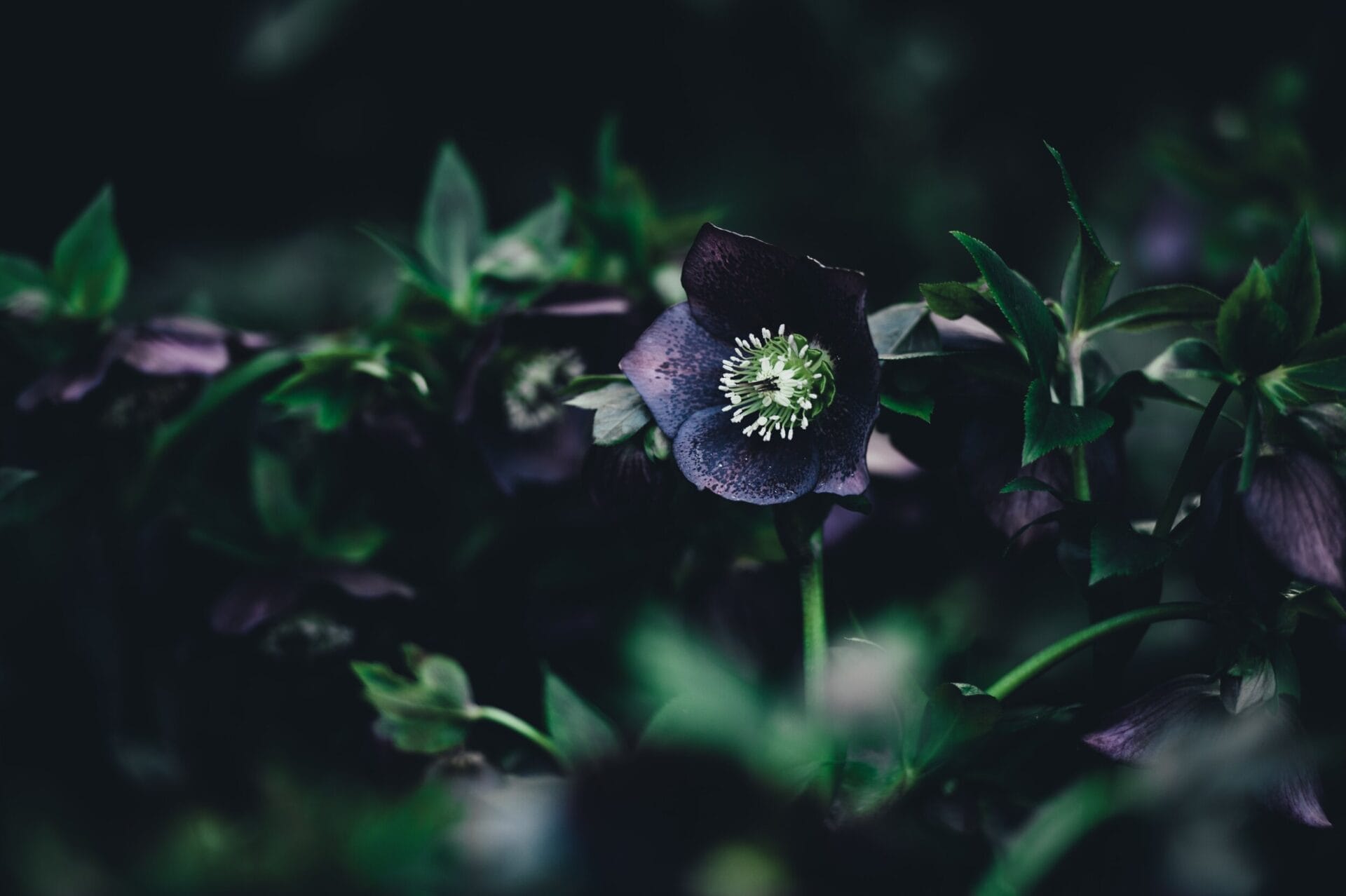
What to plant in the vegetable garden in winter
Roots —
- Potatoes
Brassicas —
- Broccoli
- Cabbage
- Cauliflower
- Kale
- Pak choi
Herbs —
- Coriander
- Parsley
Salad greens —
- Lettuces
- Mizuna
- Silverbeet
- Spinach
Other —
- Garlic
- Broad Beans
- Onions
- Shallots
Fruit —
- Strawberries
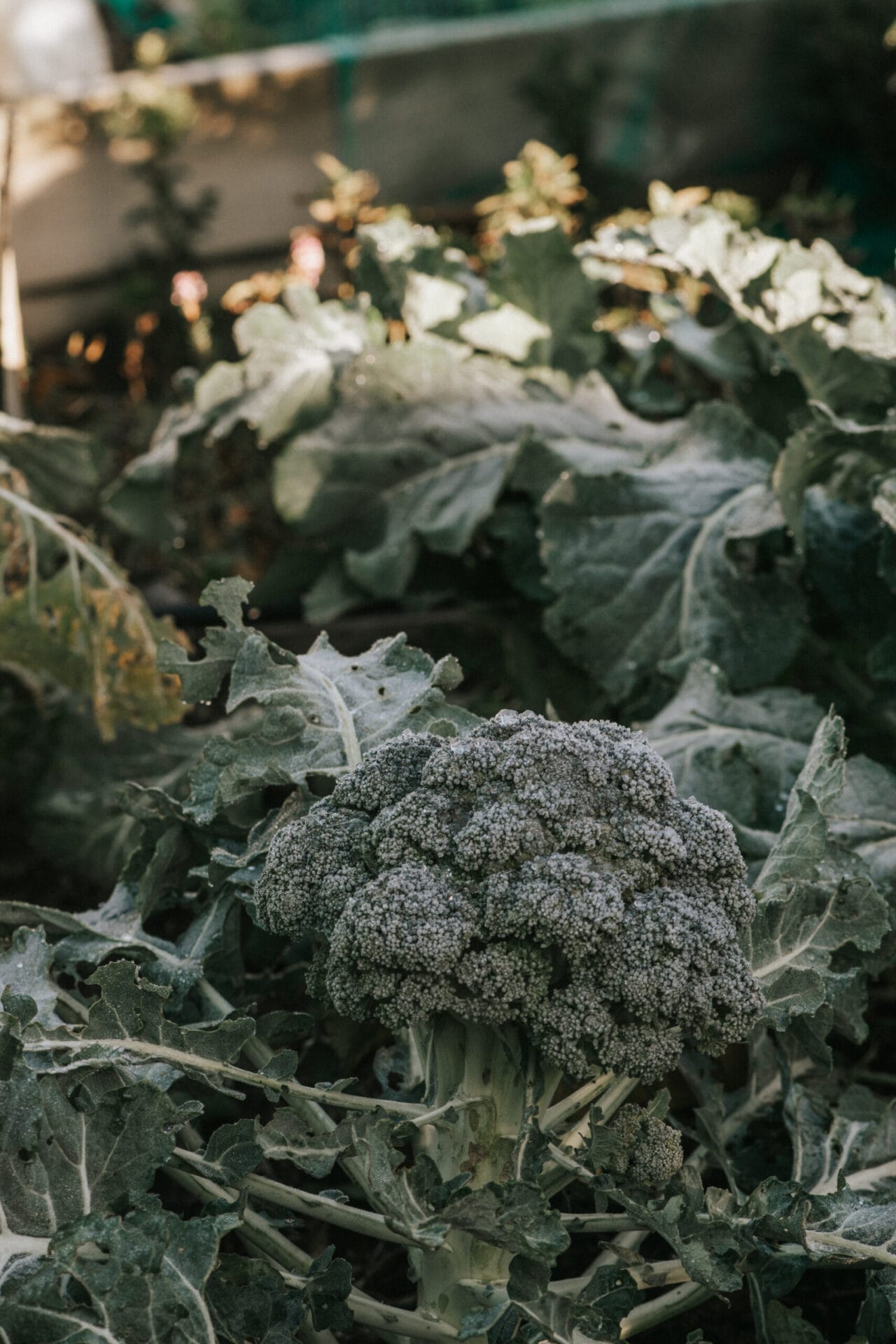
— In the Orchard
Plant
Winter is the best time for planting new season deciduous fruit trees. Fruiting trees usually like to be planted in a sunny, sheltered spot. And don’t forget to stake them well.
Planting trees is an investment in the future, because the best time to plant a tree was twenty years ago, and the second-best time is this winter.
Prune
Most deciduous fruit trees can be pruned now (except for stone fruit trees like peaches, plums and nectarines, which are best pruned after fruiting in late summer or early autumn.) It’s also a good time to prune back grapevines and berry bushes.
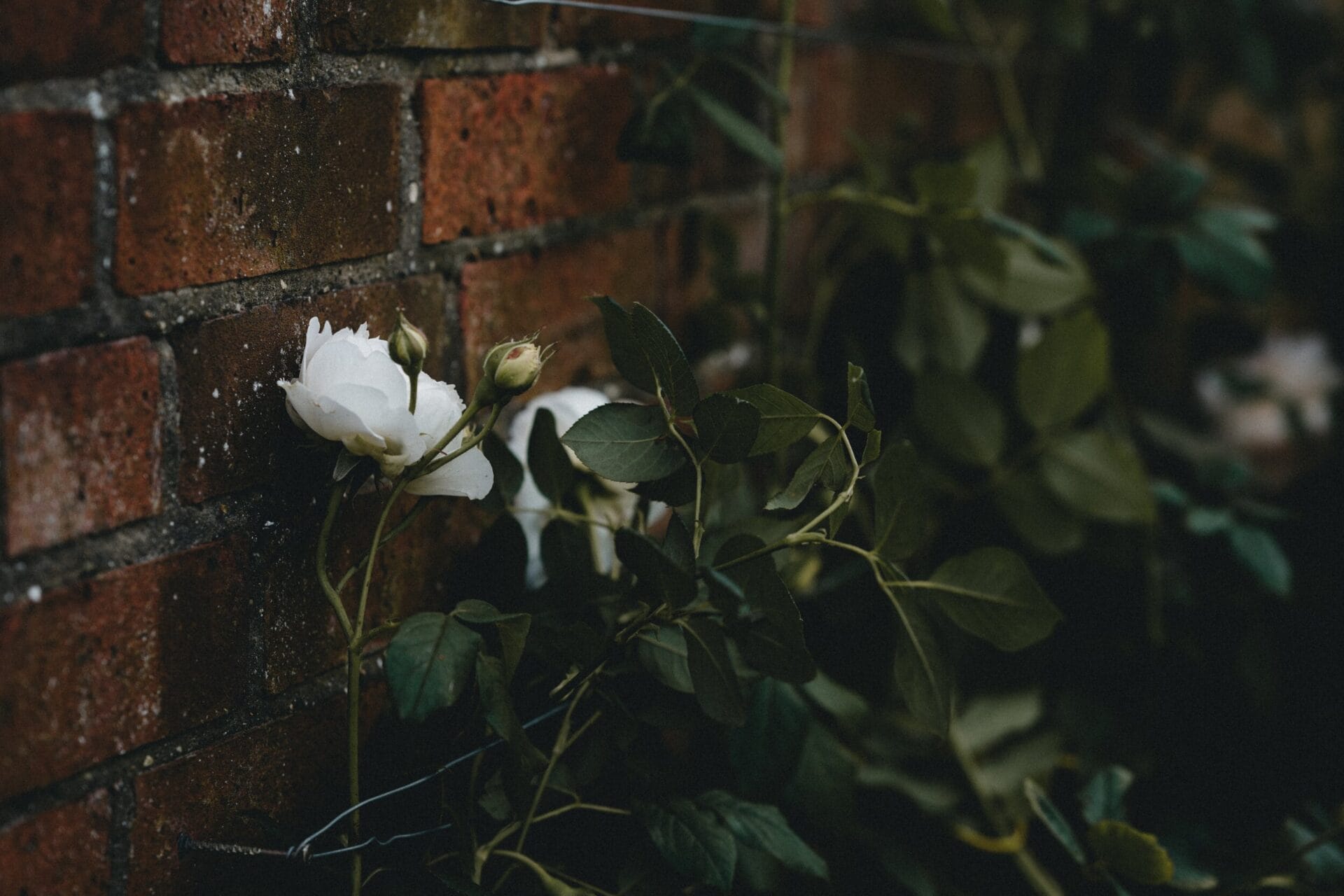
The Flower Garden
Winter florals: Plants that flower in winter
For flowers and scents to enjoy in winter, our favourite picks are hellebores (‘winter roses’), daphne, camellias and proteas. Also phyllica (Flannel flower), ozothamnus (Rice flower) and wallflowers.
Prune
Prune your roses in mid to late winter, on a clear warm day. Make your cuts on a 45º angle, just above an outward facing bud. Remove any diseased prunings from the garden so the disease isn’t given a chance to spread.
Plant
Winter is the best time to plant roses, with lots available in garden centres and online now. (The peony-looking David Austin roses are some of our favourites.)
Annuals to plant: calendula, nemesia, pansies, poppies, snapdragon, stock, viola and wallflower.
Deadhead
Remove spent flower heads from any plants that have finished flowering for the season, to encourage new foliage and flowers next season.
—


